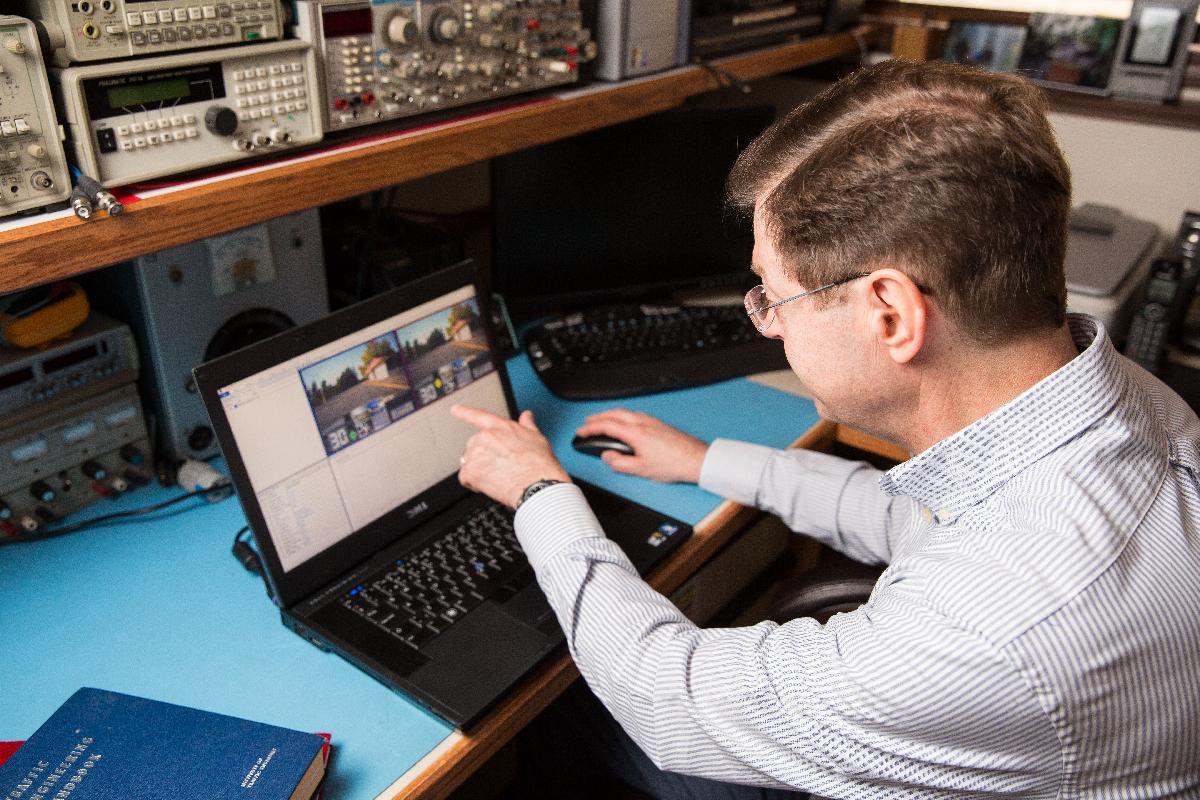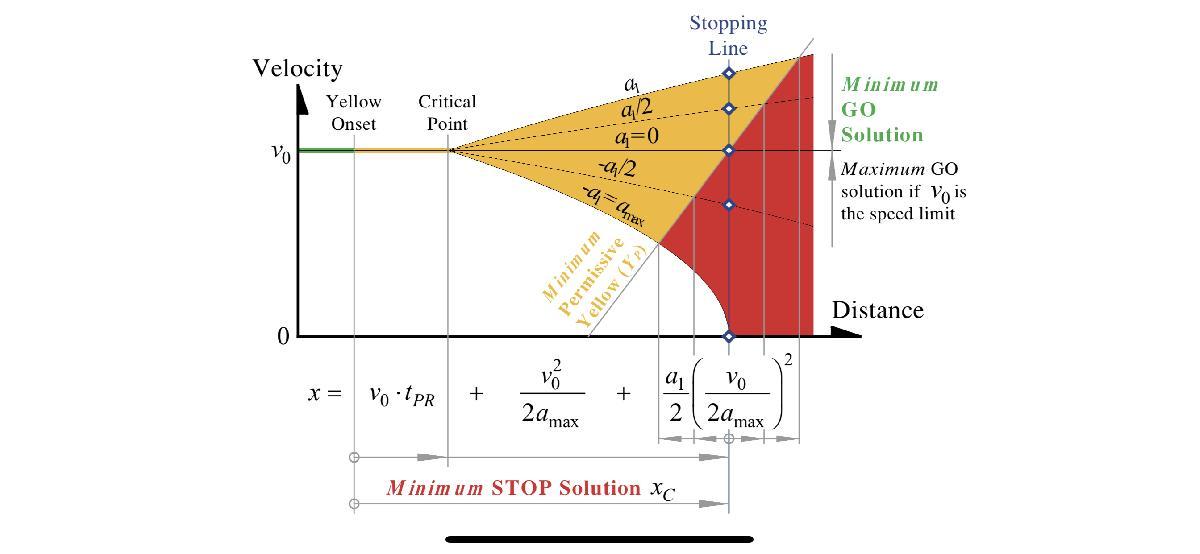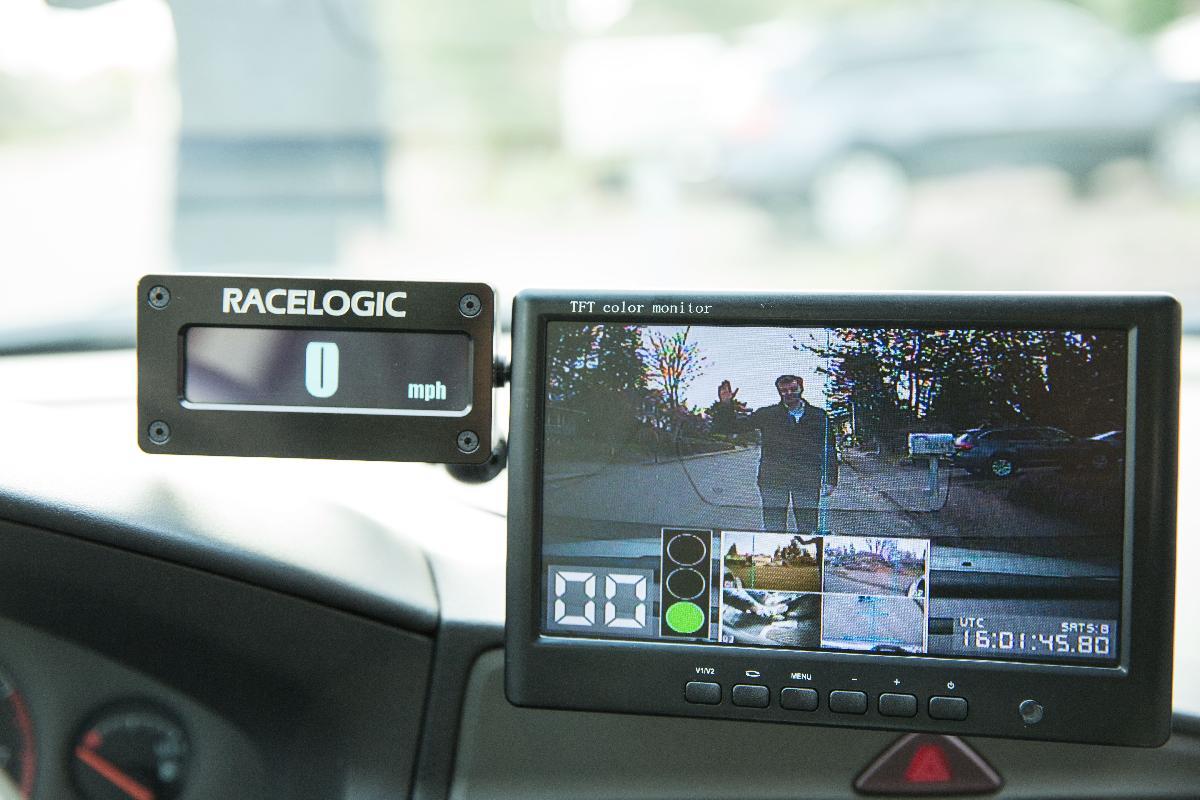
By : RACHNA TYAGI
MUMBAI :
Meet Mats Järlström, an electronics engineer, from Oregon, USA, whose newly proposed theories may soon see yellow traffic lights burning for longer durations, globally, thereby, directly impacting our driving maneuvers considerably. Not only will this change herald a new beginning for those behind the wheel, but it will also pave the way for bigger changes required for re-mapping traffic signals, especially as we gear up for autonomous vehicles. India, are you listening?
Yellow traffic lights around the world may soon burn for longer, all thanks to you. What is the impact that this change, (which looks minuscule, but is, in fact, colossal,) going to have on motorists and pedestrians around the world?
The longer yellow traffic signal change is just a small part of the needed modernization of traffic signals around the world to accommodate autonomous vehicles and their occupants. For us, human drivers and pedestrians, the longer yellow will also improve safety at intersections since drivers do not need to uncomfortably slam on their brakes or accelerate into the intersections. In addition, there will be less red-light running.
What prompted you to question the timing of the yellow traffic light? How did you start thinking about this problem?
It all started back in 2013 when my wife got a red-light citation in the mail. She had triggered a red-light camera enforced intersection here in the City of Beaverton and the reason I got involved was that the citation showed she had run the light with only 0.12 seconds. Since I’m an electronics engineer working with test and measurement, I got interested in what the yellow signal timing was at this particular intersection. It turned out, that the yellow light was shorter than what the City said it should be and that the signal timings varied from cycle to cycle.

You fought a long legal battle to bring about this monumental change, was it difficult? Did people chide you or did people have complete faith in what you were advocating?
This has been a long and difficult process. When I first presented the information about the yellow traffic signals and my new ideas, I was put under an investigation by the State of Oregon just because I said that I was an engineer. It took about four years to get through the investigation and a First Amendment legal battle which finally enabled me to continue working on the yellow timing theories.
What was the actual problem? How did you discover it and how long did it take for you to know that you were on to something big?
The actual problem is that the current theories are only applicable to straight-through lanes and I discovered this reading the 1960 paper by Dr. Denos Gazis, Dr. Robert Herman and Dr. Alexei A. Maradudin, "The Problem of the Amber Signal Light in Traffic Flow". Their theories are commonly misapplied to turning lanes where drivers are required to decelerate to make safe and comfortable turns. Basically, traffic signal theory is based on a safe and comfortable stopping distance. The duration of the yellow light is the time it takes to traverse this stopping distance. The 1960 yellow solution only provides enough time to traverse the stopping distance at a constant or accelerated speed. However, when we decelerate to make a turn it requires a little bit more time and that is what my new theories account for. I saw pretty quickly, that the new theories would have a global impact. A big reason is that the original 1960 paper clearly indicates that more work was needed including turning maneuvers.
There's a great deal of Math in what you've worked out. Can you throw some light on how the 'Kinematic Formula' developed in the 1950s helped you prove your point?
Yes, the 'Kinematic Formula' originates from two source equations in the 1960 paper. Source equation number two calculates the yellow time and it includes an accelerated vehicle motion variable (a1) but the original authors set this variable to zero to produce their constant velocity solution applicable to straight-through lanes. To prove my point and to show the true function of the 1960 solution, I used the source equation number two with its accelerated vehicle motion variable (a1) by plotting changing vehicle accelerations across the safe and comfortable stopping distance. See the figure below.

Besides the calculations, surely you must have also required other special testing equipment to arrive at your conclusions. Could you tell us about that, please?
To prove the theories, I use test equipment by the UK company, Racelogic, which is also used by all the major vehicle manufacturers around the world including autonomous vehicle manufacturers. The test equipment records vehicle motion data with the help of GPS, video cameras and accelerometers in all spatial dimensions. The recorded data is analyzed and plotted to show the minimum required traffic signal times the different vehicle maneuvers take through an intersection in conjunction with the safe and comfortable acceleration forces the occupants are exposed to.

How is this going to have an impact on crowded cities with traffic implosion issues, for example, in Asia, as compared to North America?
The enhanced traffic signal theories should benefit anywhere in the world regardless of traffic density. The main objective should be to have a consistent timing policy globally. The consistency will help drivers behave properly when they are faced with yellow signals anywhere in the world.
Can you explain how the light timing change will help drivers with their driving maneuvers?
The longer yellow durations should provide the extra time needed so drivers can perform their manoeuvres safely and comfortably with much less risk of running a red light.
When is the Institute of Transportation Engineers (ITE) expected to incorporate the changes?
The Institute of Transportation Engineers expects to have their new yellow timing recommendations ready in the first quarter of 2020.
In 2020, it is going to be 100 years since the yellow traffic light was conceived, how does your significant contribution towards giving it its brand-new avatar, make you feel?
I am very pleased that all our efforts have made a difference since I’m not alone. I especially would like to thank Dr. Alexei A. Maradudin for his support along the way and the Institute for Justice for making it possible for me to continue the research. Of course, the support that I have gotten from my wife Laurie and my family has been vital to reach this point.
Quote from Dr. Maradudin regarding the news from ITE on October 10th, 2019:
“Good news indeed! I am happy for you. It has been a long process, but science wins in the end.”
